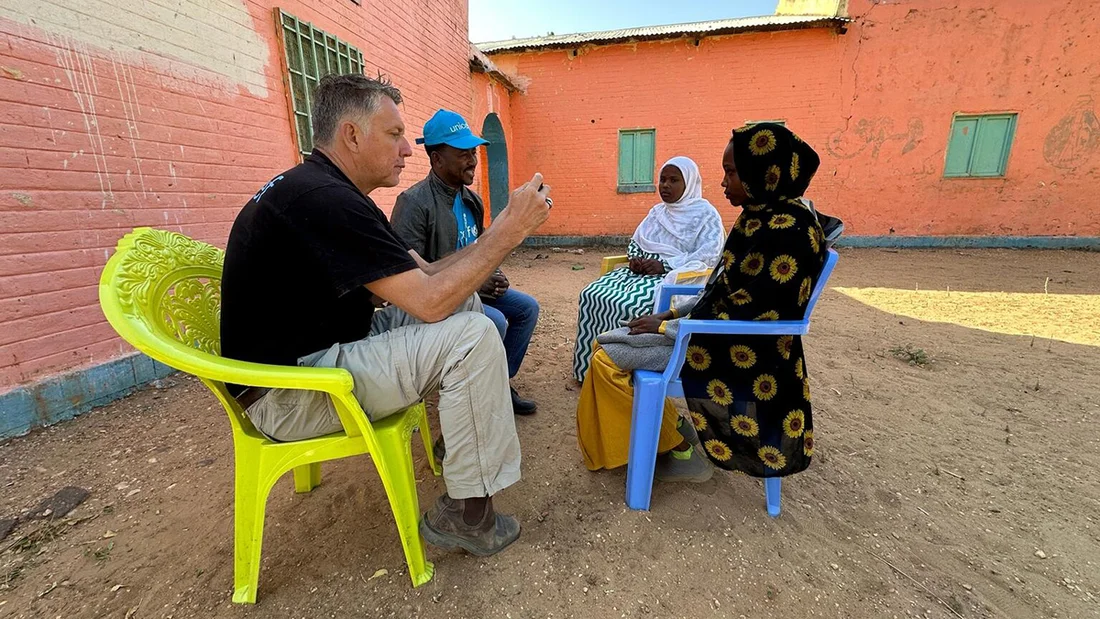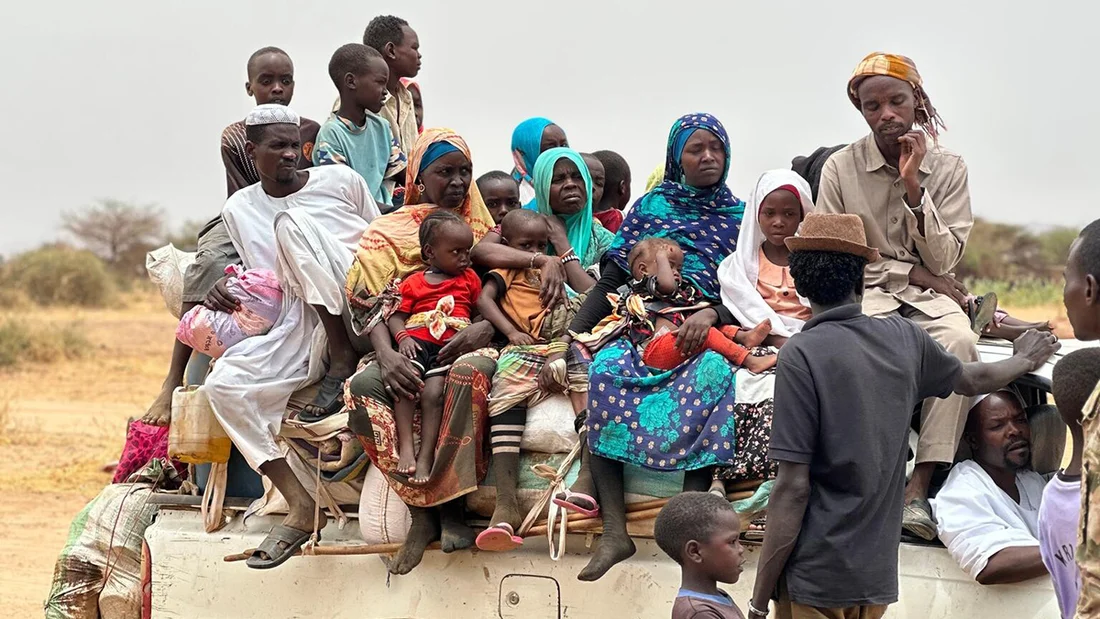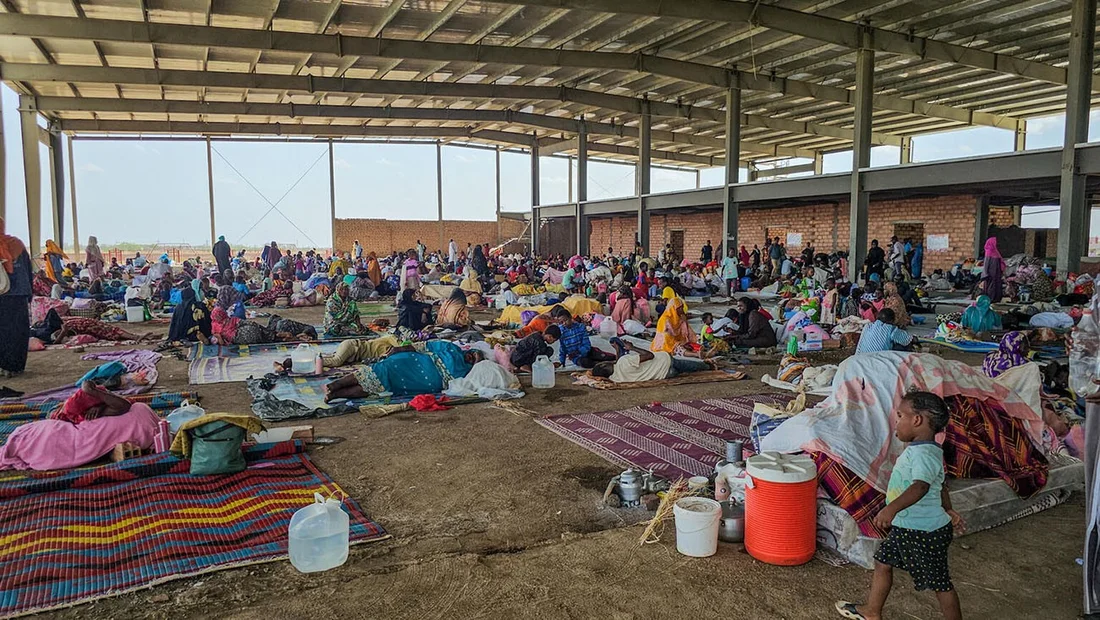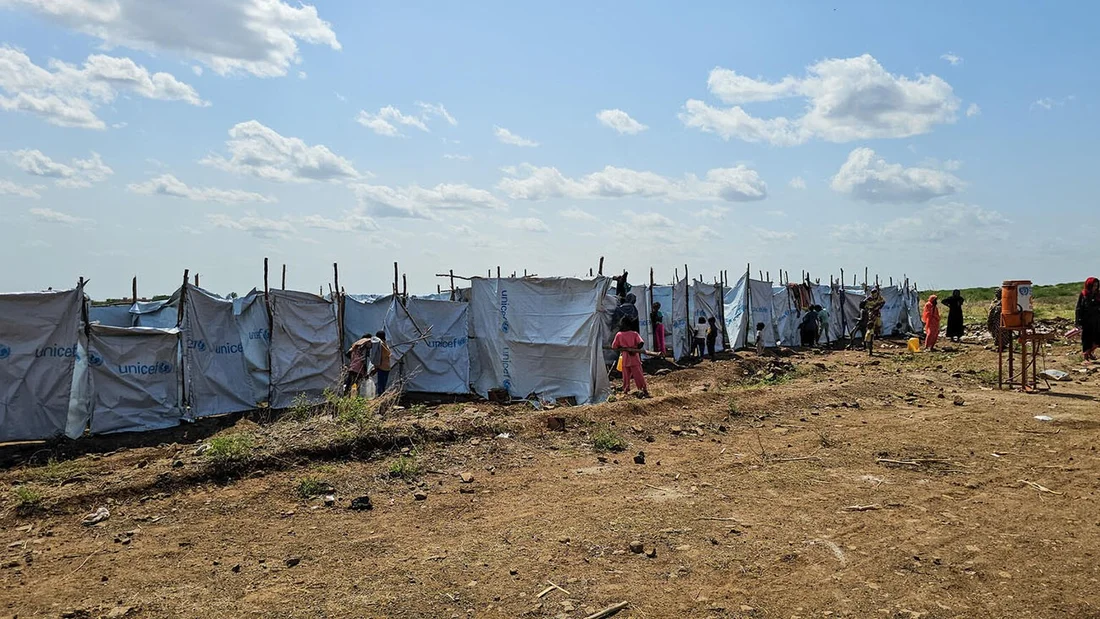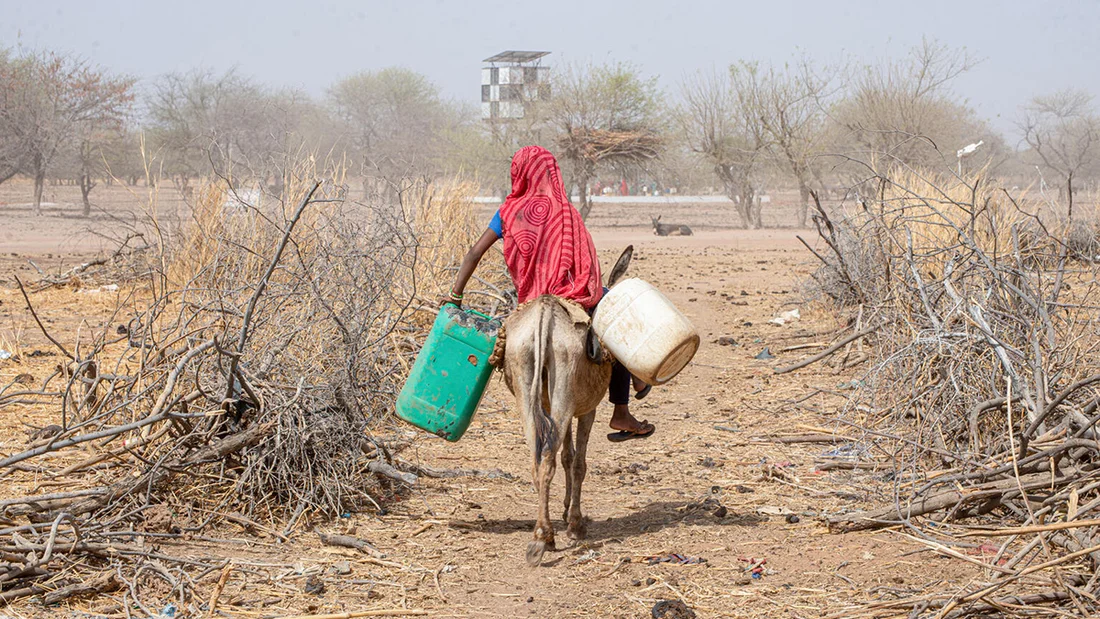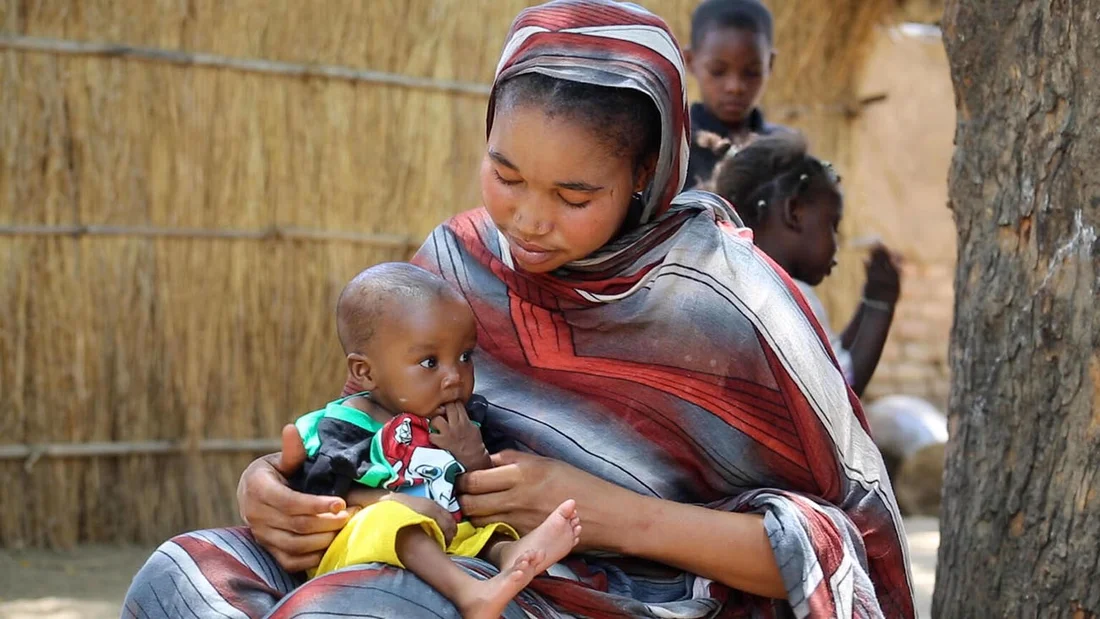UNICEF spokesperson James Elder reflects on a visit to Sudan and the man-made disaster that is unfolding there.
As dawn breaks over Darfur, my return after two decades feels heavy. Many millions are suffering once again. Twenty years ago, I was part of the humanitarian effort to make a difference. That was in the early 2000s, when celebrities and world-famous journalists would make the trek in a well-intentioned effort to focus attention on the atrocities across Darfur.
But despite years of progress, this return is difficult; something akin to a bleak déjà vu.
Indeed, in many respects, this time it is much, much worse for children and women.
Sudan’s Darfur region has long been plagued by conflict, displacement, and unimaginable suffering. But now, as Sudan is torn apart by warring parties, there are no Hollywood actors, nor coordinated, concerted international pressure from politicians and media, to tackle what is the largest displacement crisis for children on the planet.
Darfur faces one of the world’s worst man-made disasters, yet so few people are talking about. After a year of fighting, more than 4.5 million children have been displaced. That’s more children than the entire population of many countries.
My initial experience 20 years ago left an indelible mark on me. Now, two decades later, I find myself standing once again on the soil of Darfur, the landscape hardly changed, but the problems all too familiar. There’s a frightful, familiar pattern to this current war. The fighting has been brutal. The ceasefires almost non-existent. The clashes spreading. And the atrocities many, with girls and women so frequently targeted.
«If they couldn’t carry it, they burnt it»
Talking to the people, most of whom are displaced, I hear familiar themes from 20 years ago. Fighters didn’t just battle each other but looted whatever they could find, including basics like beds, mattresses, blankets, pots and pans or clothes. They took everything and, as an elderly woman told me in the city of Genenia: «If they couldn’t carry it, they burnt it.»
As I travel across West Darfur, I see evidence of a rebuilt life demolished once again, this time for the next generation. There were schools, health clinics and water systems less than 20 years old that now, after intense fighting, have been destroyed. Lifesaving services that protect children and families again on the brink of collapse. Frontline workers like nurses, teachers, doctors, have not been paid in months. They are running out of medicines. Safe water is sparse.
Similarly, for those who were children the last time I was in Darfur it is again a desolate place. University students and graduates, mostly young men but some women – young people who wanted a job in economics, medicine or IT – are now refugees in Chad with next to nothing. They crave the tiniest opportunity.
Dreams on hold
In the chaos of this war, the brightest minds have been forced to abandon their studies, their ambitions shattered. As 22-year-old Haida said to me in Darfur: «I had a dream – to study medical science. I was living that dream. Now I have nothing. I do not dream. Sadness is my friend.» Her gentle voice, perfect clarity, and utter grief floor me. I can only imagine how much more attention Sudan would get if the world could meet young Sudanese women like Haida.
Or Ahmed, 20, now in Farchana, Chad: «I cannot afford to dream here.»
How then to reawaken their dreams? Those in power need to negotiate a ceasefire, and ensure aid is no longer blocked – from any side. Those in the region need to show leadership. Those in donor countries need to show compassion – and translate that into funding to address immediate needs.
I speak to Nawal, 24, from Zelinge in West Darfur, for whom the stress of war had become so much that she delivered her baby, at home, two months premature. And then, as she was giving birth, Nawal’s house was bombed. Miraculously, she and her baby survived, but when I met her, the baby was badly malnourished. I will always remember the look of this mother, as she whispered to me, head bowed, “I am a nutritionist, but look at my child’.
She was ashamed. I thought she was heroic. She had walked for a day to get her baby to a facility where the baby could receive treatment from UNICEF, but without additional resources and improved access, she will be one of the few lucky ones.»
